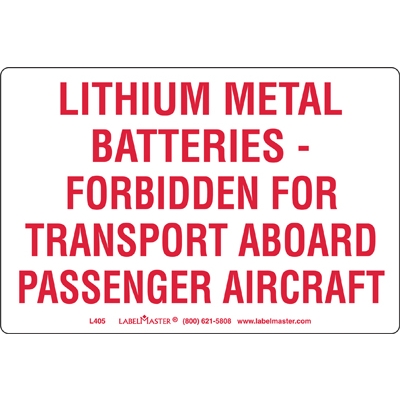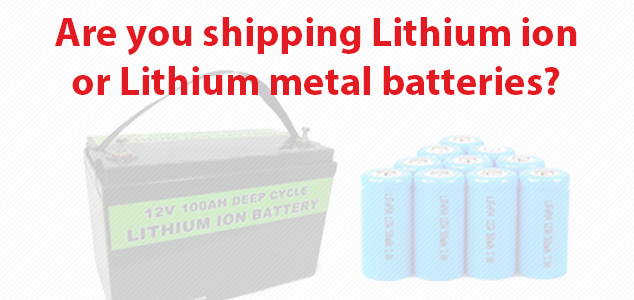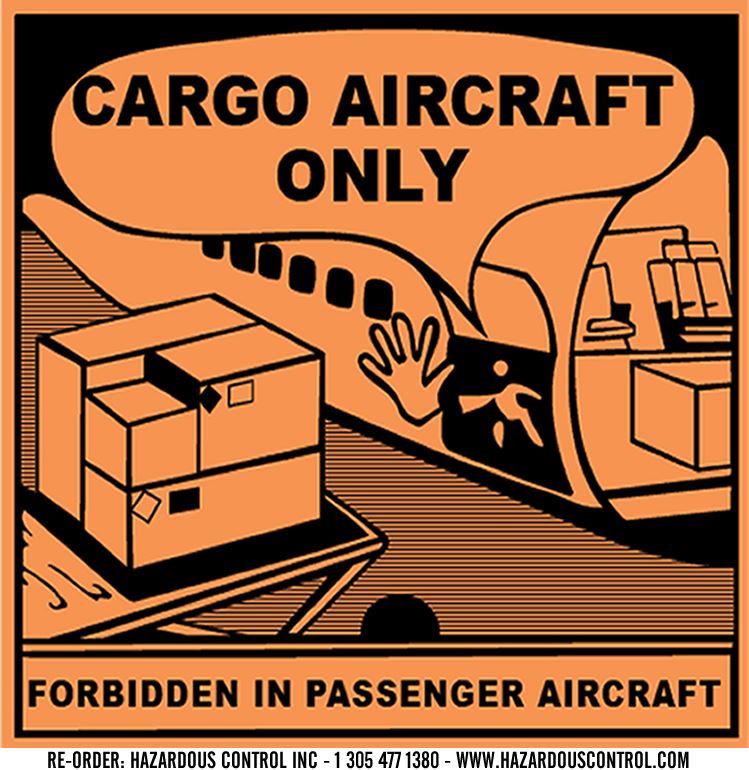NICNAS Publishes Handbook for Chemical Importers and Manufacturers in Australia
Australia’s National Industrial Chemicals Notification and Assessment Scheme (NICNAS) issued a handbook for introducers to be used as guide by importers and manufacturers of industrial chemicals in Australia. A copy of the handbook can be downloaded in the official website of NICNAS.
The handbook is composed of at least 300 pages and is further divided into two sections. The first section pertains to the main content of the guide. It contains all information and details that is required in determining whether – and how – to make a notification. The second section is the appendices. It presents additional support, guidance and relevant comprehensive background information.
For example, the handbook outlines the benefits of registering with NICNAS such as providing industry training on the legal obligations of industrial chemical importers and manufacturers. It also draws a series of questions that will aid the introducer in deciding whether to notify a chemical or not.
NICNAS together with other Australian government agencies regulates the use of chemicals in Australia, both imported and locally manufactured chemicals. Also, it is in charge of assessing industrial chemicals and most important of all, ensuring that the effects of these chemicals upon the health of the public, workers and the environment in Australia are mitigated.
To download the full PDF version of the handbook, please click on this link.








